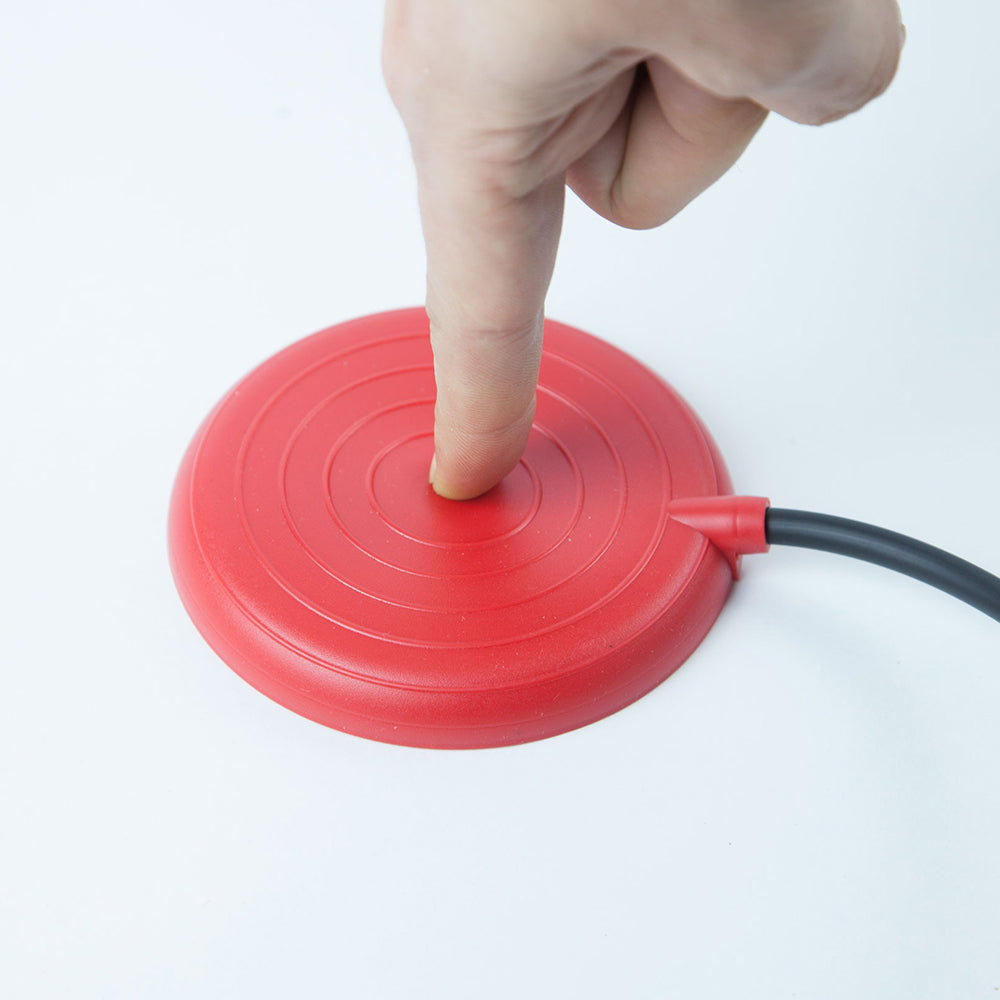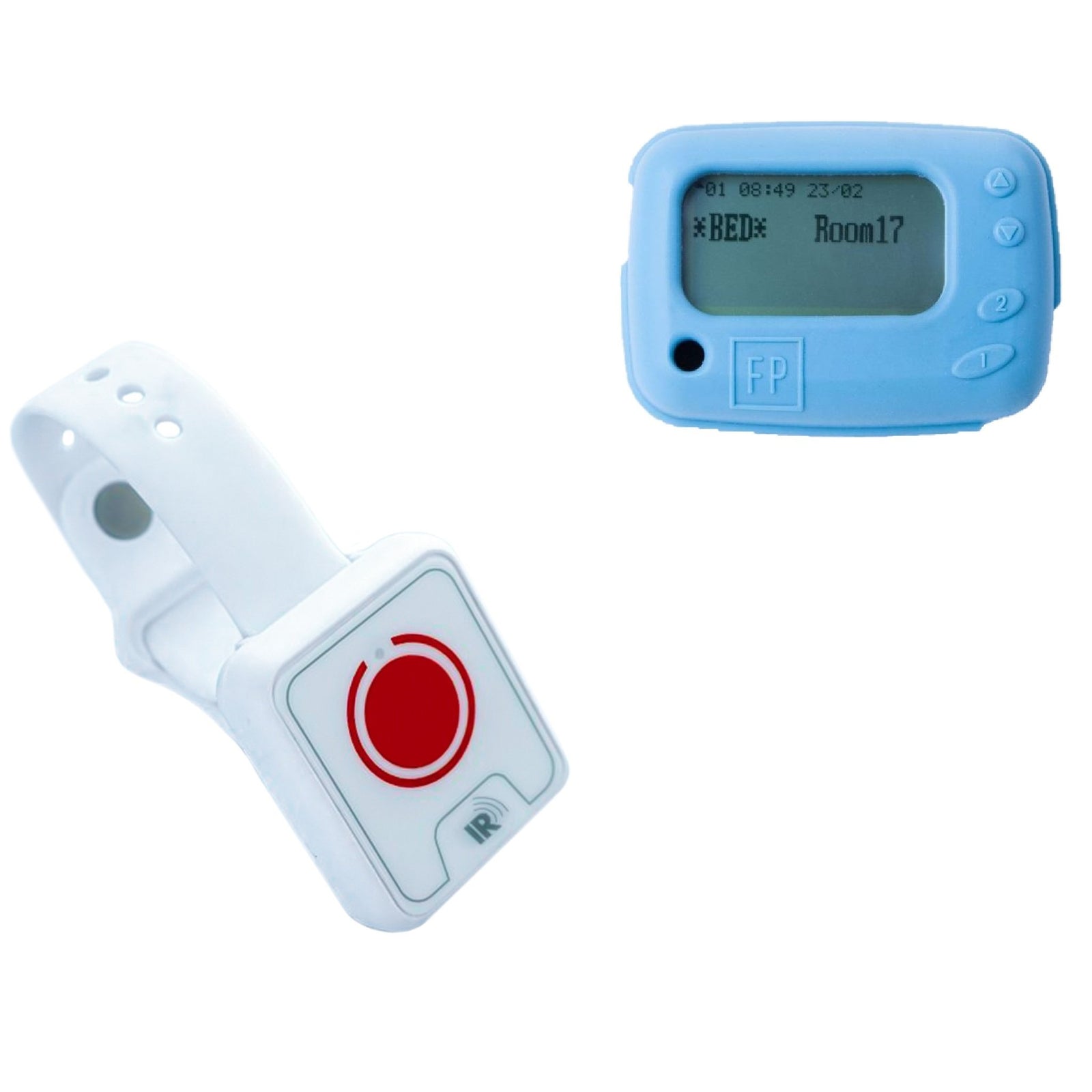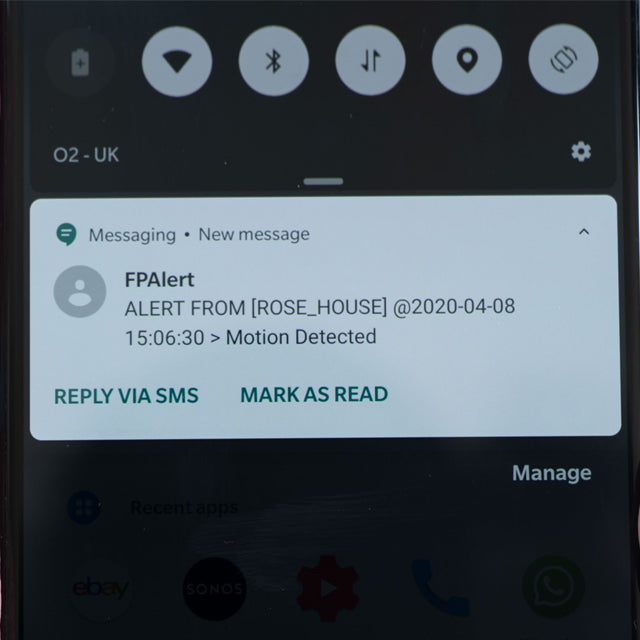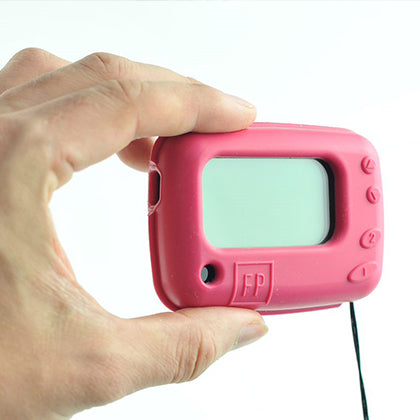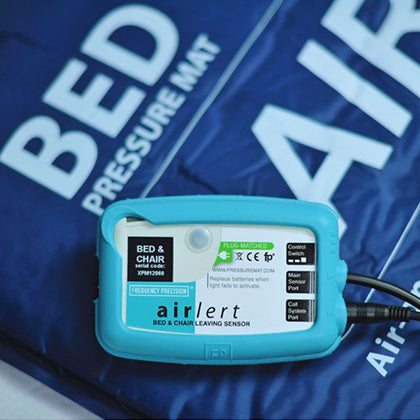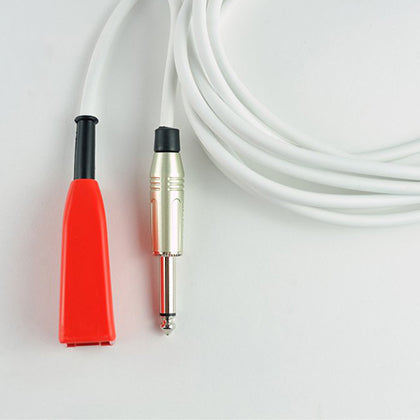The use of care assist devices used to be perceived as expensive and a waste of time by many individuals. However, due to the wide acceptance of technology and its integration into our daily lives, more and more older adults are now adopting alarming devices that play a key role in preventing fall injuries in elderly and disabled individuals.
On average, around the world, 1.6 falls per bed are observed by attendants in nursing homes and clinical settings. Therefore, the use of bed alarms and toilet alarms can prove useful in preventing falls when the older adults are out of their attendant’s sight.
These alarms can be quite useful for nursing homes and dementia care facilities and for patients who need long-term care and are often in unsafe situations. Care assist systems can help the elderly needing assistance when getting up from the chair, getting out of bed, and going to the toilet.
While most of the alarms in the market tend to go off when it’s too late, with toilet alarms, patients can ask for assistance as soon as they’re trying to get up.
In this piece, we’ll look at toilet alarms' use, structure, and benefits. Read on to learn more.

What You Need To Know About Toilet Alarms
A toilet alarm is not an independent device in patient care but acts as a critical component of patient care. It makes the environment safer for patients and the elderly in the care facility and their homes. A toilet alarm is used during an emergency or if the patient needs assistance.
These devices often include a button attached near the toilet, a wireless pulling cord, an integrated sounder that can be activated at the push of the button or cord, and an external alert indicator that can be connected to a pager, nurse alert system, or mobile phone application to alert the attendant on call or the resident carer.
These alarms are easy-to-install and can save your patients and loved ones from potential harm and further fall injuries.

How Can These Alarms Help?
Toilet alarms seem like a waste of resources if the patient needs assistance to get out of bed and go to the toilet anyway. However, in the entire process, we forget to realize that we’re dealing with adults who need their privacy when they’re in the toilet. So, having an attendant standing at their head is not going to make the process easier on them. A toilet alarm can be a safety net while also maintaining their dignity.
Here are some benefits of installing toilet alarms and how they’re changing patient care in nursing homes and dementia care facilities in the UK.
Proper Implementation Can Improve Care
Toilet alarms were never meant to be a standalone intervention to fall prevention, but they’re part of the system and procedure in case of this emergency. If they need assistance getting up from the toilet or if they’ve fallen, they can either pull the cord or press the button, so the attendant or caregiver outside is alerted immediately.
So, if you’re running a facility, place the alarm in an optimum position where the patients can reach them and ensure they’re connected to an internal alert system with a relay to the attendant’s personal pager as well to prevent further injuries.
Technology Improvements Have Increased Efficacy
The idea of effective alarms is to reduce false positives. Wearable devices and infrared technology play a critical role in patient care. Also, devices like wireless convulsion sensor mats and wireless window and door alarms reduce the burden on the facility staff and the home carer and increase the efficacy of the system itself.
Improves The Quality Of Patient Life
Toilet alarms and other care assistt devices have been shown to give elderly patients who fear falling a feeling of peace and certainty that if they fall or anything happens, they can ring the alarm, and the attendant will come to their aid. This also decreases the response time on the attendant’s end because they’re able to organize themselves better and intervene more effectively with patients who show a higher risk of falling

Includes Patients In The Care Process
Educating the residents in care facilities on using in-home care with family members is very important. By making them understand the usage, its components, and how it can help them, they’ll feel included in the process, giving them peace of mind. This will also make them understand the fall risk and the impact of a fall on their well-being. When resident patients become self-aware of the usage of toilet alarms and the feedback it provides to the attendants, they’ll be more aware of their role in fall prevention.
Improved Care For Dementia Patients Or Cognitively Impaired Patients
Patients with dementia often have cognitive impairments due to the degenerative feature of the condition. The patients also might not be able to communicate effectively due to a lack of personal awareness in such a situation. Therefore, that puts them at risk of fall injuries. By understanding this issue, your facility staff can implement a plan to decrease the number of falls in such patients through careful monitoring.

Get One Of The Best Care Assist Systems With Fall Detection At Frequency Precision
Now that you’re more aware of how toilet alarms and fall prevention alarms can help protect your patients and assist your staff in providing better care, check out the toilet alarms and other easy-to-use care assist devices at Frequency Precision.
We have a variety of care assist devices like bed alarms for dementia patients, chair pressure mats for nurse call systems, wireless bedside nurse call points, etc. for nursing care facilities and in-home care. Get in touch with us now for more information on our products.
.
